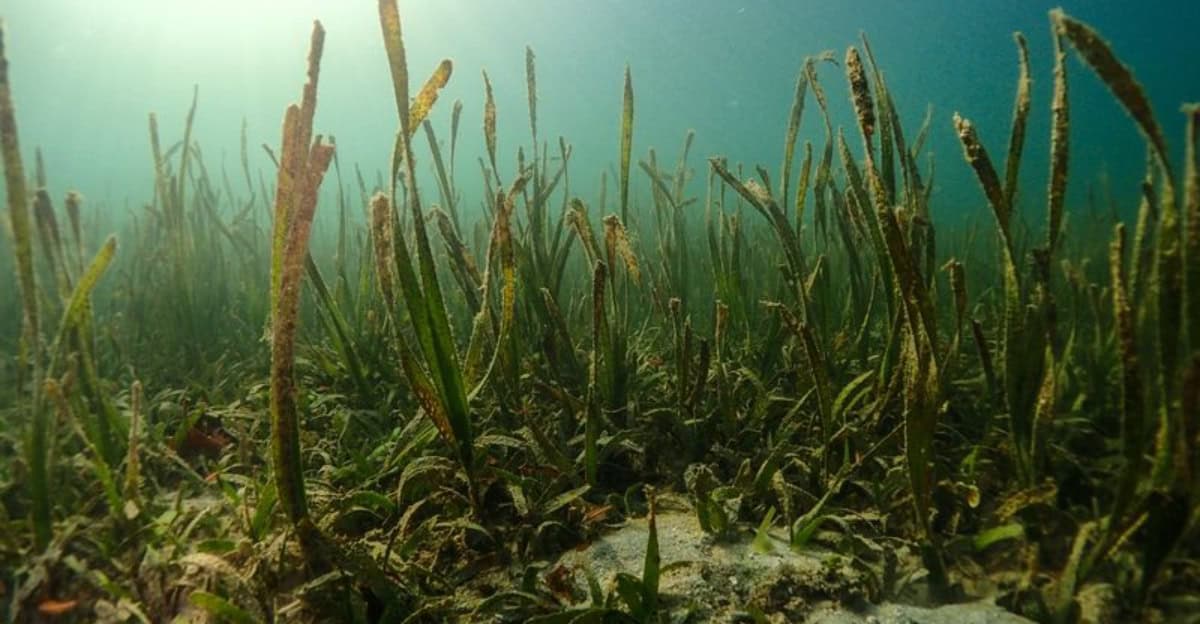The Earth is home to a myriad of plant species, many of which have thrived for millions of years.
These ancient species offer a glimpse into Earth’s past and continue to thrive today.
Let’s explore 10 of the oldest plant species that have withstood the test of time.
1. Ginkgo Biloba
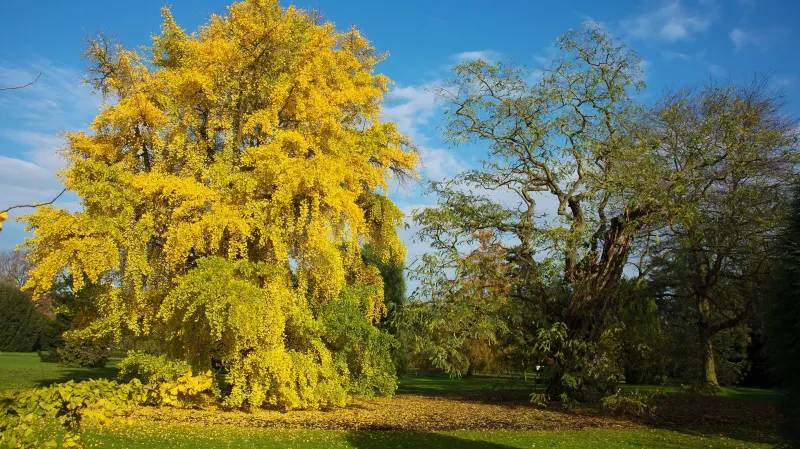
Ginkgo Biloba, often called a living fossil, has existed for over 270 million years. Its resilience and unique fan-shaped leaves make it a symbol of longevity.
Found in China, it is cherished for its medicinal properties. The tree’s ability to survive harsh conditions fascinates botanists worldwide.
2. Wollemi Pine
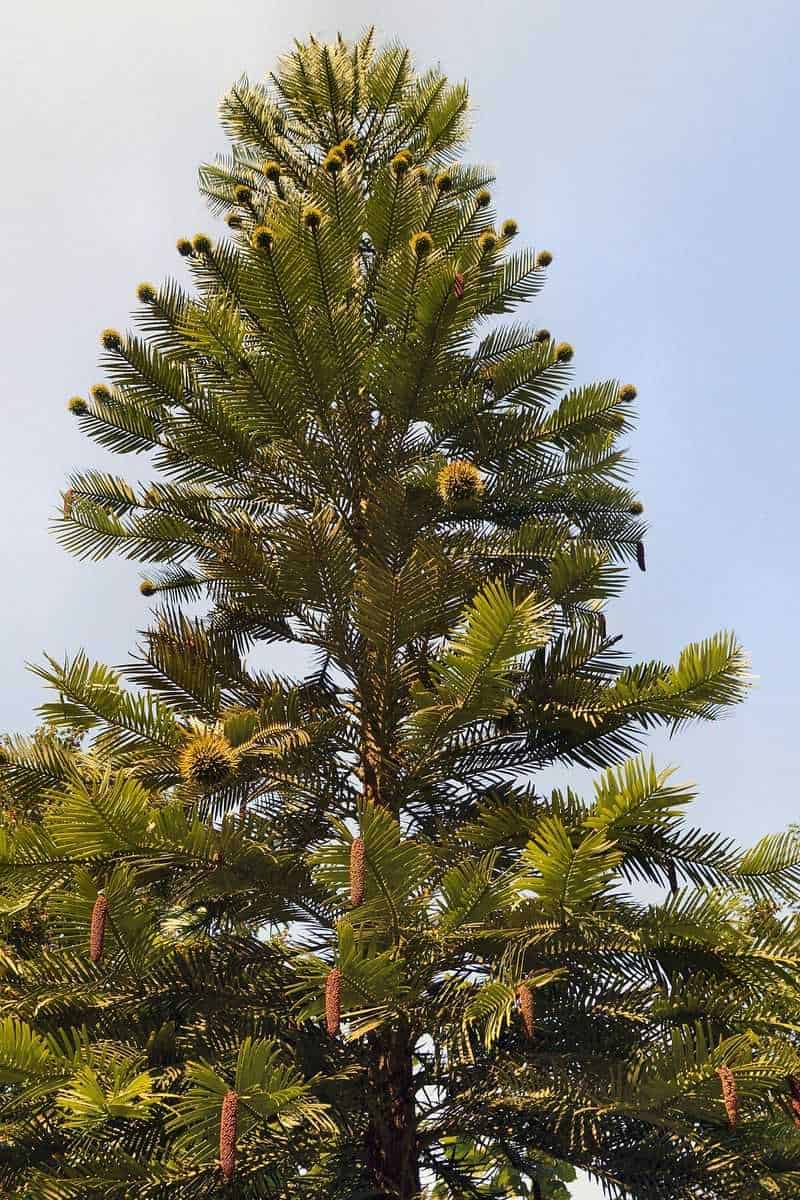
Discovered in 1994, the Wollemi Pine is a survivor from the dinosaur era. Its distinctive foliage and bark have intrigued botanists.
This ancient species is critically endangered, with conservation efforts in Australia aimed at preserving its legacy. Its resilience continues to inspire nature enthusiasts.
3. Horsetail
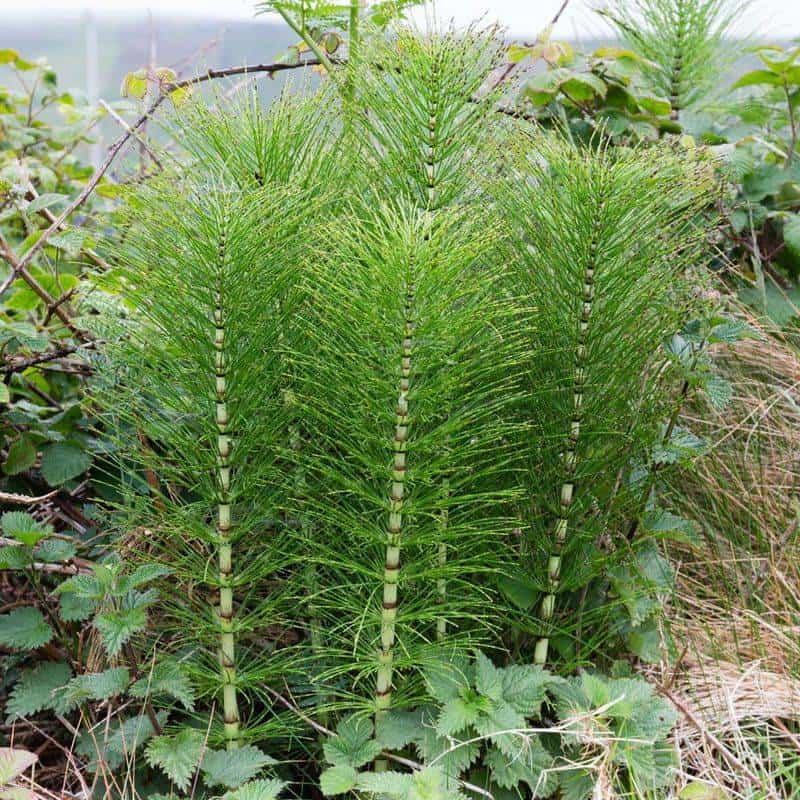
Horsetail plants, with origins tracing back 300 million years, are known for their hollow, reed-like stems.
Thriving in wetlands, they play a crucial role in soil stabilization. Their ancient lineage and unique structure make them a subject of study for understanding plant evolution.
4. Cycads
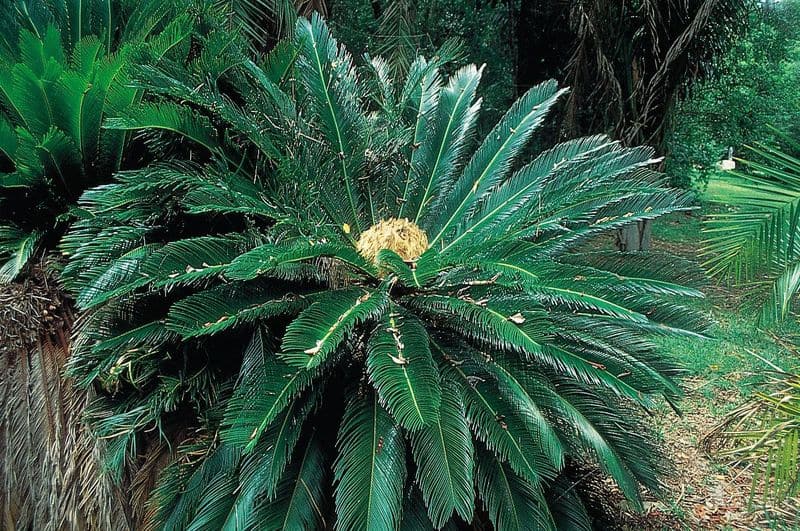
Cycads date back 280 million years. These tropical plants resemble palms and produce large cones.
Their slow growth and longevity have made them a symbol of endurance. Cycads are often used in landscaping for their dramatic appearance and historical significance.
5. Welwitschia Mirabilis
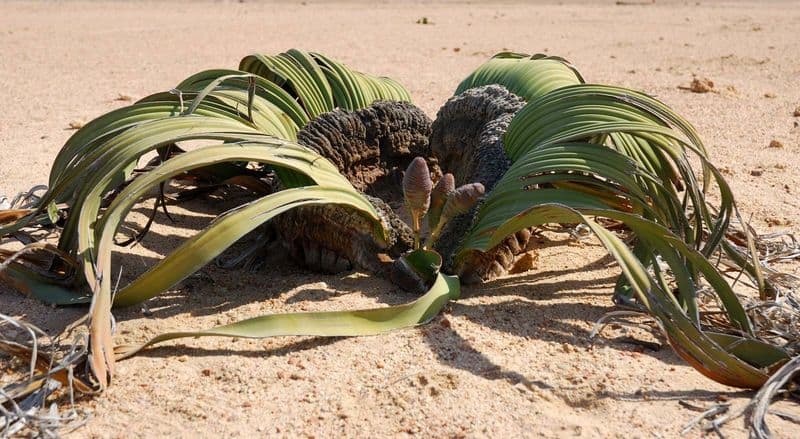
Native to the Namib Desert, Welwitschia Mirabilis has two leaves that grow continuously over centuries.
This extraordinary plant survives harsh desert conditions and can live for over 1,000 years. Its ability to thrive in such an environment makes it a wonder of the plant kingdom.
6. Metasequoia
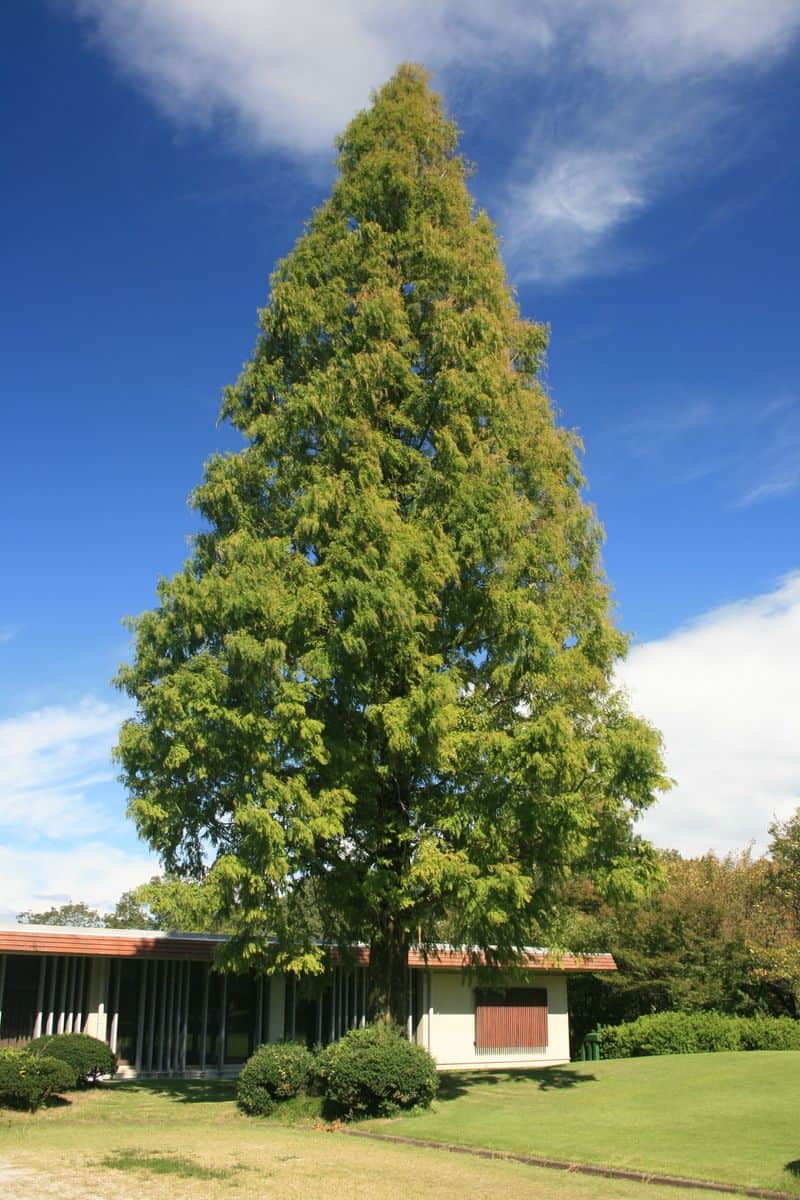
Metasequoia, or dawn redwood, was once thought extinct until rediscovered in China in 1944.
This ancient coniferous tree has survived since the age of dinosaurs and is prized for its rapid growth and beauty. Its re-discovery was a remarkable botanical event.
7. Seagrass
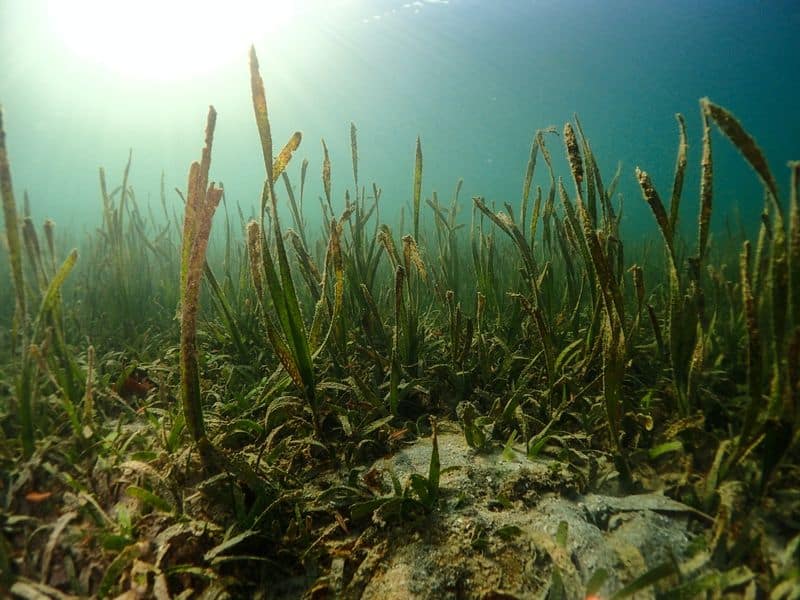
Seagrasses are some of the oldest flowering plants, evolving over 100 million years ago. These marine plants form underwater meadows, essential to coastal ecosystems.
Supporting marine life, they help combat climate change by sequestering carbon, showcasing nature’s complex interconnections.
8. Ferns
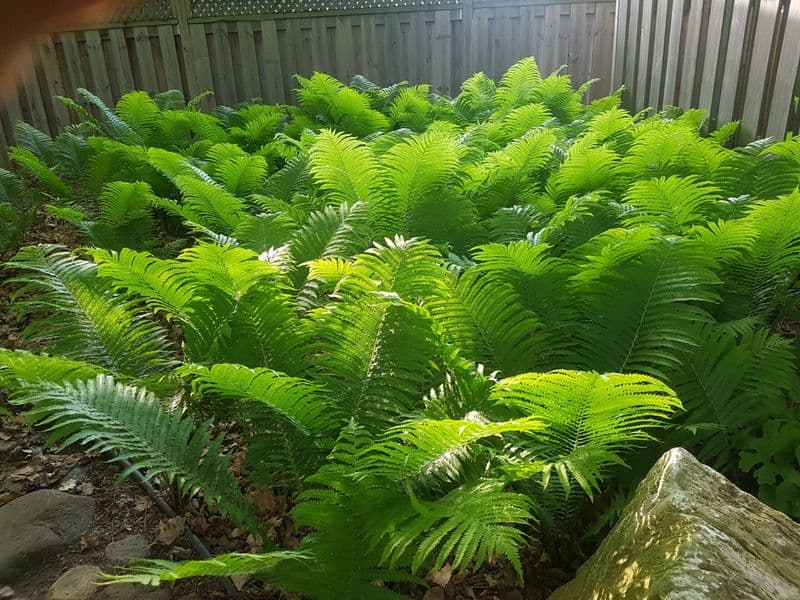
Ferns have existed for 360 million years, thriving in diverse environments. Known for their feathery fronds, they play a vital role in forest ecology.
Their adaptability and enduring presence in prehistoric forests make them fascinating subjects for botanical research and garden enthusiasts alike.
9. Mosses
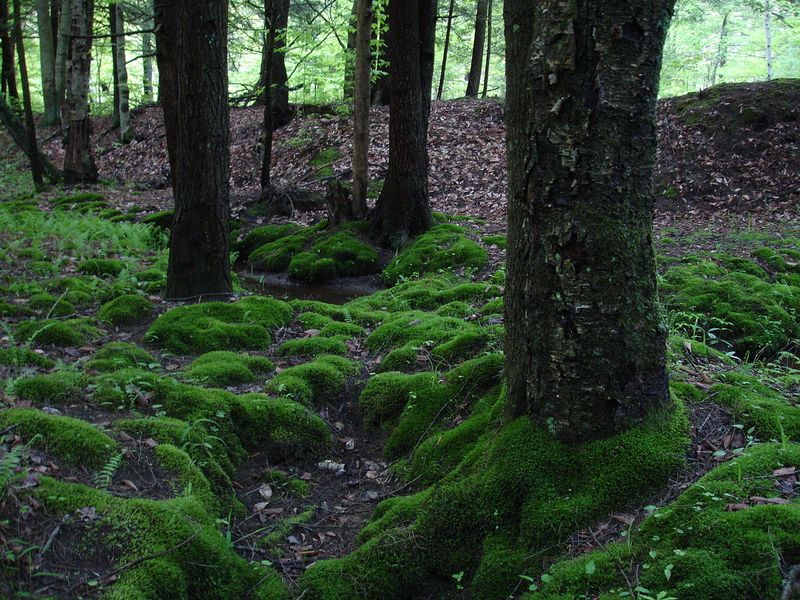
Mosses, ancient bryophytes, emerged over 400 million years ago, and still carpet forest floors. Their ability to thrive in damp, low-nutrient environments makes them vital in ecosystems.
Offering a glimpse into early plant life, mosses are of significant interest in the study of botany.
10. Liverworts
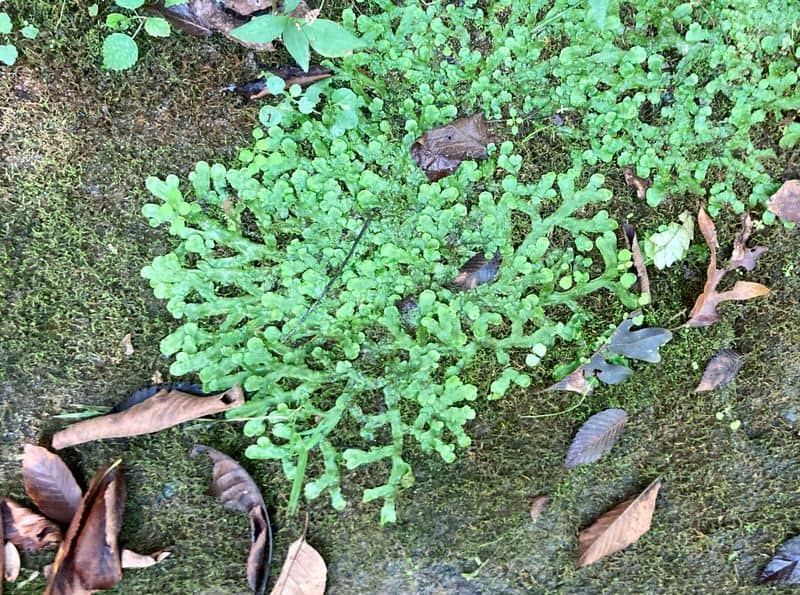
Liverworts are among the earliest land plants, appearing over 400 million years ago. These simple plants thrive in moist environments, contributing to soil formation.
Their unique life cycle and adaptability offer insights into plant evolution, making them valuable to scientific study.

